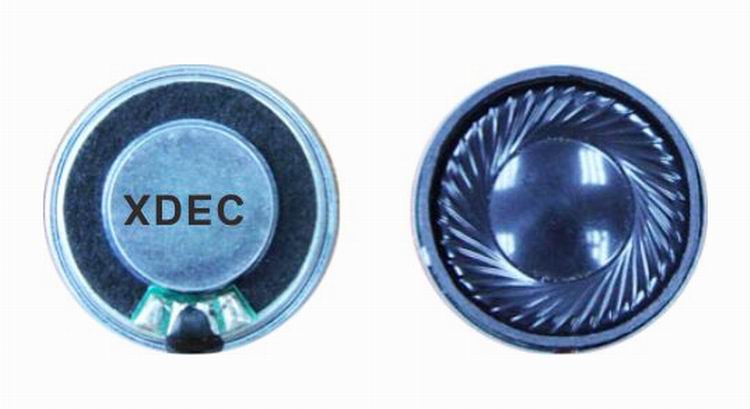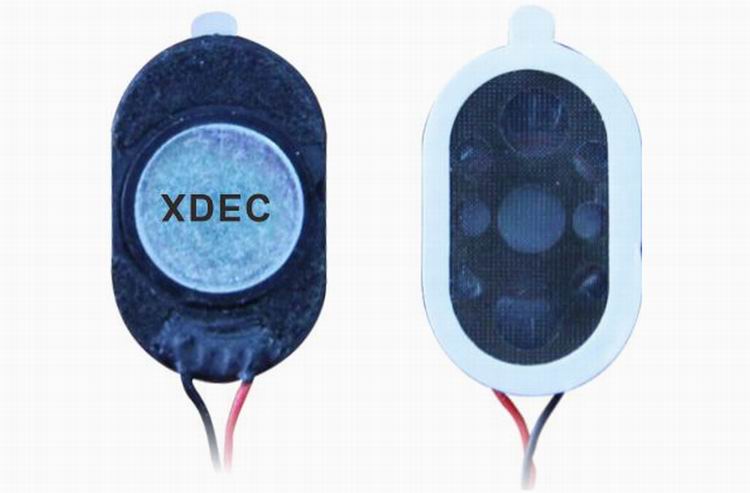With an autumn rain, it is not just the last statutory annual leave this year. The drop in temperature took away this summer and officially brought this year's haze season.
Yesterday after an autumn rain in the north, I didn’t know whether it was fog or cockroaches at night, which blocked the line of sight, and the visibility was less than 50 meters. Let's just say, you can't see the intersection by driving. It turns out that the five fingers are not just used to describe the dark.
Today, we still talk about the domestic purifier, but mainly talk about this most important part of the HEPA filter.

HEPA's full name is High-Efficiency Particulate Air, which translates to "high efficiency air particle filter." In fact, it was not a black technology product. It was developed in the United States as early as 1942, but it was used to block nuclear radiation particles, and later applied to medical, precision manufacturing and home.
The filtration principle of HEPA mainly filters the particulate matter in the flowing air through the effects of sieve effect, inertial effect, interception effect and diffusion effect. Simply speaking, the particles with relatively large diameter are directly blocked outside the mesh; the particles with small diameter, which are mainly used for Brownian motion, are attracted to the fibers by the gravitational force between the objects.
Well, the principle we have already understood, the current filter is mostly filtering particles with small diameter, both PM 2.5 and PM 0.1 are micron-sized particles. The volatile gases such as formaldehyde and benzene have molecular diameters at the nanometer level, and the difference is 1000 times. Therefore, even the best HEPA filter can not filter harmful gases. I want to get activated carbon in addition to formaldehyde. Let's revisit it next time.
The filtration effect of HEPA is based on the size of the particles. PM 0.3, which is the air filled with particles with a diameter of 0.3 microns, is the most ideal measure. Because larger or smaller particles are easier to remove than PM 0.3. Now the manufacturers separately said the filtering efficiency of PM 0.1 and PM 2.5 to promote, in fact, a bit of a feeling of stealing the concept.
According to the filtration efficiency of different size particles, the HEPA filter is also classified internationally. At present, there are mainly US MERV classification, EU BS EN1822:2009 test standard classification, and China GB/T 13554-2008 high efficiency air filter classification.
The American standard mainly uses PM 0.3~PM 1 particles as the measurement standard, and the 1~12 grade cannot filter these fine particles. The 13-stage filtration efficiency is greater than 75%, the 14-15 grade is 75%-95%, the 16 grade is greater than 95%, and the 17th grade is greater than or equal to 99.97%. Going up to level 20, it is rarely seen in household purifiers.
The EU standard uses PM 0.1~PM 0.3 particles as the measurement standard, in which E10 (formerly H10) is a low-grade standard, which can filter more than 85% of particles, E11 (formerly H11) is 95%, and E12 (formerly H12) is 99.5%. E13 is 99.95%, and there are H14 and U15-17 upwards. Basically, they are all industrial grade filters.
The national standard classification is more strict and clearer. With PM 0.5~PM 0.1 particles as the filtration standard, the filtration efficiency of high efficiency A is 99.9%, and the efficiency B is 99.99%. There is also high efficiency C, super efficient D, E, F. Down there are sub-high efficiency, high school entrance filters.
In our daily life, the concept that may be instilled is PM 2.5, but most filters can easily deal with pollutants of this size. In fact, smaller PM 0.3 is the hidden killer. So when you buy a purifier, keep your eye and see what level of filter you are using.
In addition, I have already bought a low-grade purifier. Isn't it better to switch to a better filter?
Because the filter filter efficiency is usually higher, the wind resistance is larger, which means that the low-grade filter is generally equipped with an energy-efficient fan. Switching to a high-level filter creates an effect. If you can't blow it and the air flow is not enough, the filtration efficiency will be greatly reduced.
According to the material of the HEPA filter, it can be roughly divided into PP filter paper, PET filter paper, composite filter paper and glass fiber.
PP filter paper is a filter material made of polypropylene as a raw material and processed by special hot melt method. The product is resistant to acid and alkali, corrosion-resistant, high melting point, stable performance, non-toxic, tasteless and evenly distributed. With low resistance, high efficiency, high strength, environmental protection and so on.
PET filter paper is made by melt-blown with materials such as polyester resin. High hardness, good stiffness, corrosion resistance, high temperature resistance, stable performance, commonly used in household appliances or large cleaning machines with low filtration accuracy, such as sweepers and vacuum cleaners.
The composite filter paper puts the PP material and the PET material together, which is easy to form and ensures the filtration efficiency.
The advantage of fiberglass is that it can achieve very high precision, but the filter itself is very fragile and costly.
Therefore, Lao Yang recommends that everyone buy an air purifier with a composite filter paper to ensure that the filtration efficiency is relatively cheap. The reason why the glass fiber product is not recommended is not only the high efficiency of filtration efficiency, but also the high filtration efficiency. The wind resistance of the product is also large, and the high-power fan is required. The noise is also louder and the lifting is very limited.
The substances attached to the fibers will increase more and more due to the accumulation of a long time. On the one hand, the resistance of the air passing through is increased, and on the other hand, various substances may also react with the chemical reaction to breed bacteria and cause secondary pollution. Therefore, the purifier using the filtering technology must periodically change the filter to ensure the air volume and clean effect.
Well, in the final summary, buy a purifier, do not look at the filtration efficiency of PM 2.5, PM 0.1, it is best to check what level of filter used, Lao Yang recommended PM 0.3 filtration efficiency of 99.95% or so , that is, the American standard 16, 17 European standard E12, E13, national standard high efficiency A, B. As for the material, it is OK to buy a composite filter that is economical.
In addition, it should be noted that after the purifier arrives, first look at the packaging of the filter is delicate. Because the current filter is a V-shaped fold, if the frame leaks, the effect will be greatly reduced.
Also, with the update of technology, there is currently an electrostatic filter that is charged with the product when it leaves the factory. Simply speaking, it is to increase the filtration efficiency while reducing the wind resistance, and the noise will be relatively small.
Navigator speaker:
Navigator speaker is a kind of micro speaker unit which uses a diaphragm made of Mylar material. Mylar speakers are of ultrathin design and lightweight and clear voice. It is widely used in car electronics (GPS navigator, digital video recorder, radar detector-).
There are two types of Mylar speakers from the shapes:
1) Round shapes, we have products from 10mm to 57mm in diameter.
2) Oblong shape, we have products in sizes of 1510/1712/1813-..



FAQ
Q1. What is the MOQ?
XDEC: 2000pcs for one model.
Q2. What is the delivery lead time?
XDEC: 15 days for normal orders, 10 days for urgent orders.
Q3. What are the payment methods?
XDEC: T/T, PayPal, Western Union, Money Gram.
Q4. Can you offer samples for testing?
XDEC: Yes, we offer free samples.
Q5. How soon can you send samples?
XDEC: We can send samples in 3-5 days.
Navigator Speaker,Gps Speaker,Radar Speaker,Vehicle Navigation Speakers
Shenzhen Xuanda Electronics Co., Ltd. , https://www.xdecspeaker.com